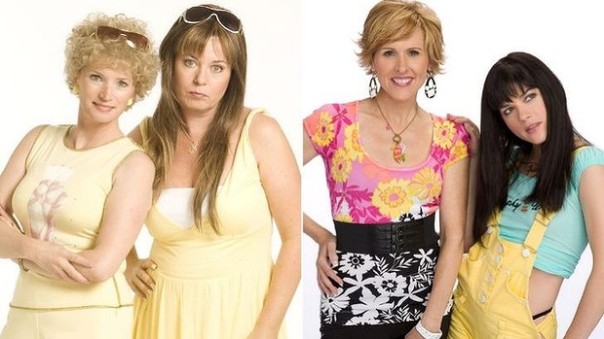Everything that happens around us, whether a natural disaster or a bad being born, is immediately classified as to either being newsworthy or not. The news on television is a virtual happening that has occurred or is occurring and is broadcasted to us in the comfort of our own home. News comes in many medium forms such as the newspaper or the news segment on television. These news has gone through various management team and has been carefully constructed into the story that is worthy of our attention. The worthiness of the news may arise problems such as is it the truth or a packaged story? But what I am focusing on in this blog post is about the features and values that goes into the making of a news to determine its worthiness.
The recent tragedy that happened for the MH17 flight was publicly broadcasted over the news tabloid, for weeks the only news that was worthy of our attention was this. The MH17 tragedy news can be categorized as having a “transient” quality, it is a news that is ultimately unexpected but its broadcast seemingly decreases day by day and finally stops unless there was any new insights into the investigations. Transient news is a news that is only temporary as its importance decreases with the decreases of new information. Narrativisation is another feature that helps construct the “story” of MH17 tragedy, it is pieced in a storyline and the reporter will narrate according to its line. Following narrativisation is visual imperative, like a children’s storybook, visual is important in order to give viewers a glimpse of what’s happening along with the narrator explaining the visual images.
News values is another important aspect of a news segment in order to establish its news worthiness. Cultural proximity is the closeness of the news to the viewers according to their culture, there were several Australians on board the flight which made the news closer in terms of culture which helps viewers relate. The rarity of this news increases it worthiness because something that is totally unexpected provokes curiosity in viewers. Once MH17 has hit the headlines, it possess the continuality value because viewers requires that constant update regarding the tragedy with any new insights into investigations. Negativity, though it is not plausible to state negativity as worthy of news, it is the negativity that puts drama in the news segment, which interest viewers in terms of a storyline. The negativity projected was about the cause of the downing of flight MH17 caused by a pro-Russian separatist that accidentally shot down the plane and another issue was about the regulations that were not laid out about Russia and Ukraine airspace being a no-fly-zone.
All these features and values are what made up the news and increased its worthiness for the attention of viewers. Without these qualities, the news would bore viewers and may not even attract their attention. News organisations fighting over diminished resources, audiences and public trust still need to question their values to justify their existence (Lee-Wright, P).
Reference:
Lee-Wright, P, “News Value: An Assessment Of News Priorities Through a Comparative Analysis Of Arab Spring Anniversary Coverage”, JOMEC Journal, University of London.


